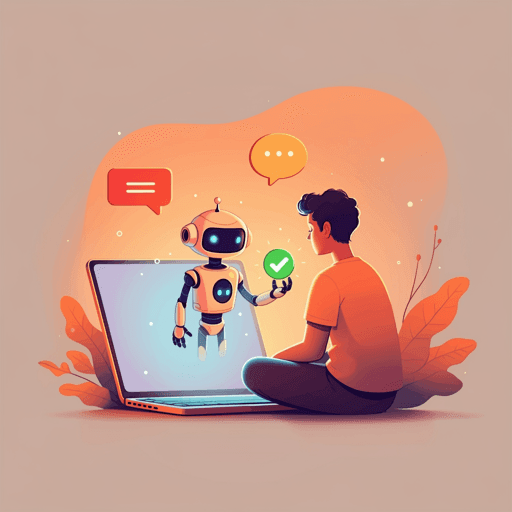
Psychology
A chatbot to improve adherence to internet-based cognitive-behavioural therapy among workers with subthreshold depression: a randomised controlled trial
S. Yasukawa, T. Tanaka, et al.
An automated chatbot added to an existing internet-based CBT programme raised 8-week completion from 19.2% to 34.8% among Japanese full-time employees with subthreshold depression, suggesting chatbots can boost engagement in unguided digital therapy. This research was conducted by Authors present in <Authors> tag.
~3 min • Beginner • English
Related Publications
Explore these studies to deepen your understanding of the subject.







